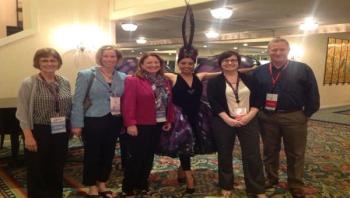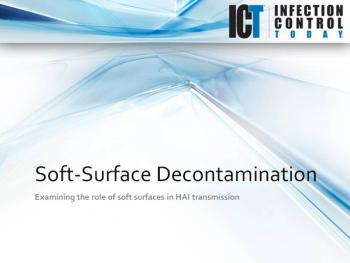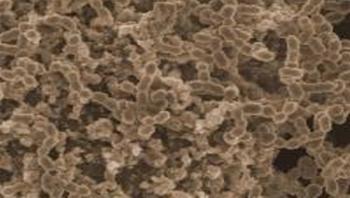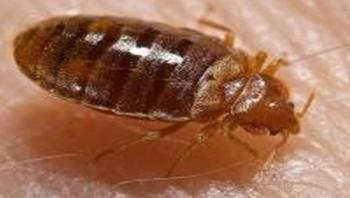
Environmental Services
Latest News







Healthcare professionals around the country are rallying to reduce infection rates by promoting sustained behaviors, fostering a shared sense of purpose and empowering individuals to make a difference at every level of care. The new initiative, called OneTogether: The Power of Small Actions, aims to reduce the incidence of healthcare-acquired infections (HAIs) by increasing awareness of how the small, individual actions of every healthcare worker can have a profound influence on patient health and safety. While no one can discount the benefits of modern science, some of the most significant advances in human health have as much to do with human behavior as they do with technology. And OneTogether seeks to harness the power of people to further reduce HAIs.

When patients are admitted into a hospital room that has been prepared for a new patient, they anticipate the room has been properly disinfected and is free from harmful pathogens known to cause healthcare-associated infections (HAIs). As practitioners in infection control and prevention, we know that despite the use of strong disinfectants and rigid protocols for cleaning and disinfection; oftentimes, pathogens are left behind on surfaces.







In recent years there have been a number of studies indicating the importance of the role of the environment in infection acquisition; and transmission. Over the past decade, substantial scientific evidence has accumulated indicating that contamination of environmental surfaces in hospital rooms plays an important role in the transmission of several key healthcare-associated pathogens, including methicillin-resistant Staphylococcus aureus (MRSA), vancomycin-resistant Enterococcus (VRE), Clostridium difficile, Acinetobacter and norovirus.


Numerous scientific studies have concluded that two common bacteria that cause colds, ear infections, strep throat and more serious infections cannot live for long outside the human body. So conventional wisdom has long held that these bacteria won't linger on inanimate objects like furniture, dishes or toys. But University at Buffalo research published today in Infection and Immunity shows that Streptococcus pneumoniae and Streptococcus pyogenes do persist on surfaces for far longer than has been appreciated. The findings suggest that additional precautions may be necessary to prevent infections, especially in settings such as schools, daycare centers and hospitals.



Exposing bed bug-infested clothing or other small items to freezing temperatures may be a viable control option for people at risk of bed bug infestations. However, a new study has found that bed bugs may be less susceptible to freezing temperatures than previously reported.






